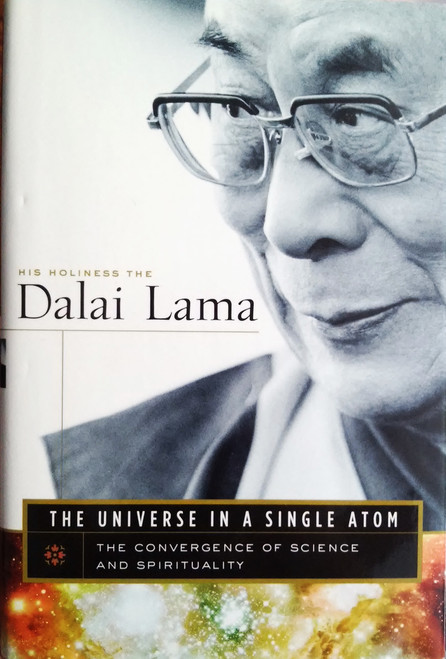One of the most profound discoveries of science is that we live in an expanding Universe, because if the Universe is getting larger it must have had a definite beginning. Most astronomers now accept that this beginning was an event known as Big Bang, which took place 12 to 15 billion years ago.
In this thought-provoking and readable book, Mark A. Garlick tells the story of the Universe. In clear, jargon-free language, he guides the reader through the fundamental changes that took place during the opening seconds and minutes of time, such as the formation of the first atomic particles. Moving beyond the Big Bang, he describes how stars, planets, and galaxies form, and examines theories to explain the beginnings of life. The book's final section introduces some of the latest ideas in astronomy, including baby universes, wormholes, and time travel. Having begun by asking how the Universe began, the book concludes by examining whether and how it might end.
About the Author
Mark A. Garlick is an accomplished science writer with a background in astronomy. A contributor to magazines such as New Scientists, Scientific American, Sky and Telescope, Astronomy, and Astronomy Now, he is also an award-winning astronomy illustrator.
John Gribbon is an internationally renowned author, broadcaster, journalist, and research scientist, and is a Fellow of the Royal Society of Literature. Widely admired for his ability to explain scientific subjects to a popular audience, he has written more than 50 books. His chief interests are in physics and astronomy, although he has also written about genetics, climate change, and world food supply.







